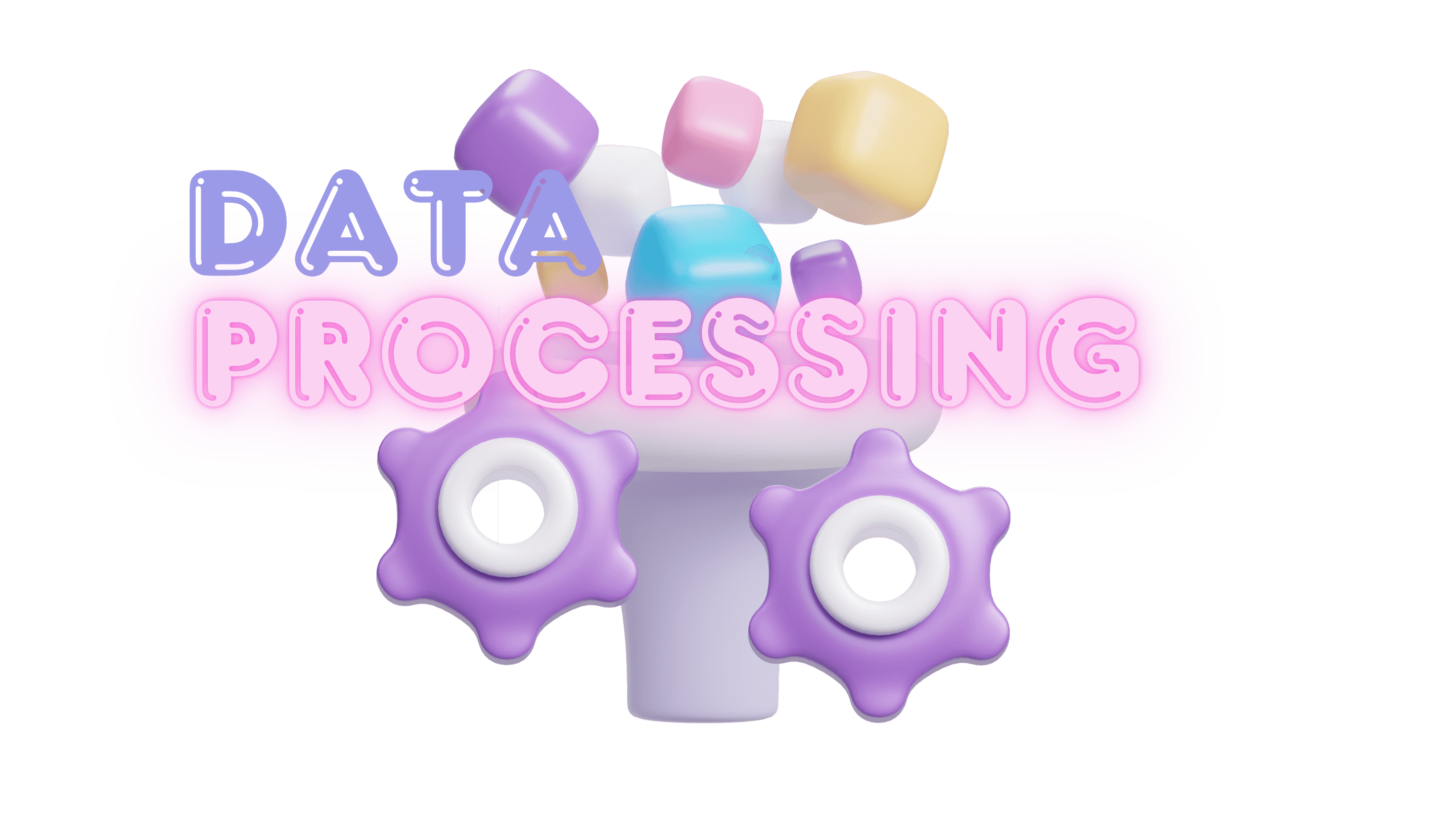Insurance Data Loading Process Update
Tools & Technologies
Data Warehouse: Snowflake
Languages: Python, SQL
Situation
A critical internal data system responsible for loading and processing insurance-related data was experiencing frequent errors in its nightly ETL operations. These failures compromised the reliability of reporting and analytics by introducing data quality issues such as missing records and duplication. A modernization effort was initiated to stabilize and improve the data-loading pipeline into the cloud data warehouse.
Task
The project’s primary objectives were to:
Enhance the reliability and performance of the data-loading process into the central data warehouse.
Prevent data duplication and ensure data integrity throughout each ETL cycle.
Strengthen data quality controls to support accurate, timely reporting for analysts and decision-makers.
Reduce nightly load failures and improve monitoring and error recovery mechanisms.
Action
The process was reengineered through a series of structured improvements across the ETL workflow:
Staging with Temporary Tables:
Introduced temporary raw tables with truncate-and-reload logic to prevent data loss while supporting historical comparisons and rollback capabilities. This allowed for clean batch inserts during nightly loads.Organized Raw Data Handling:
Defined stepwise procedures for loading and organizing raw datasets into an intermediate layer. Row counts and validations were added at each step to verify completeness and prevent premature progression.Controlled Loading into Master Tables:
Implemented logic to safely load clean data into master tables. For datasets without primary keys, exception handling was added to flag and remove potential duplicates before data promotion.Automated Quality Control:
Applied cross-schema row count checks with a strict discrepancy threshold (e.g., 0.01%). Any variance beyond the limit triggered alerts, prompting immediate investigation.ETL Monitoring & Exception Handling:
Integrated error-handling routines usingtry-exceptpatterns and automated email alerts to proactively flag and escalate pipeline issues.Post-Load Cleanup:
Cleared staging tables post-processing to prevent residual data from impacting subsequent loads. This reinforced data freshness and minimized duplication risk.
All improvements were implemented and tested in a controlled development environment prior to rollout.
Result
Improved Data Quality:
Duplicate records were significantly reduced, improving the trustworthiness of analytical outputs.Stabilized Load Process:
The frequency of load failures dropped substantially, leading to higher operational reliability and reduced manual intervention.Enhanced Reporting Accuracy:
Analysts received cleaner, more consistent data with faster turnaround times, improving overall reporting performance and decision-making support.
Challenges & Solutions
Challenge: Certain source tables lacked defined primary keys, making traditional deduplication approaches difficult.
Solution: These tables were isolated via an exception list and excluded from duplicate checks. Recommendations were provided for future schema improvements to address the root issue.
Impact & Contributions
The updated process created a robust, maintainable ETL workflow that improved data integrity and performance across the reporting ecosystem. It enabled faster, error-resilient data delivery, enhanced transparency in quality control, and greater confidence among both technical and business users.
Conclusion:
This project showcases strong skills in identifying inefficiencies, designing effective solutions, and implementing processes that ensure high data quality and system reliability. The focus on data integrity, quality control, and ETL processes highlights critical competencies in data engineering.
Visuals & Samples & Link to Full Project
Visuals and links are unavailable due to confidentiality and the internal nature of the data.





